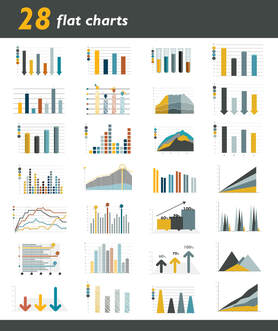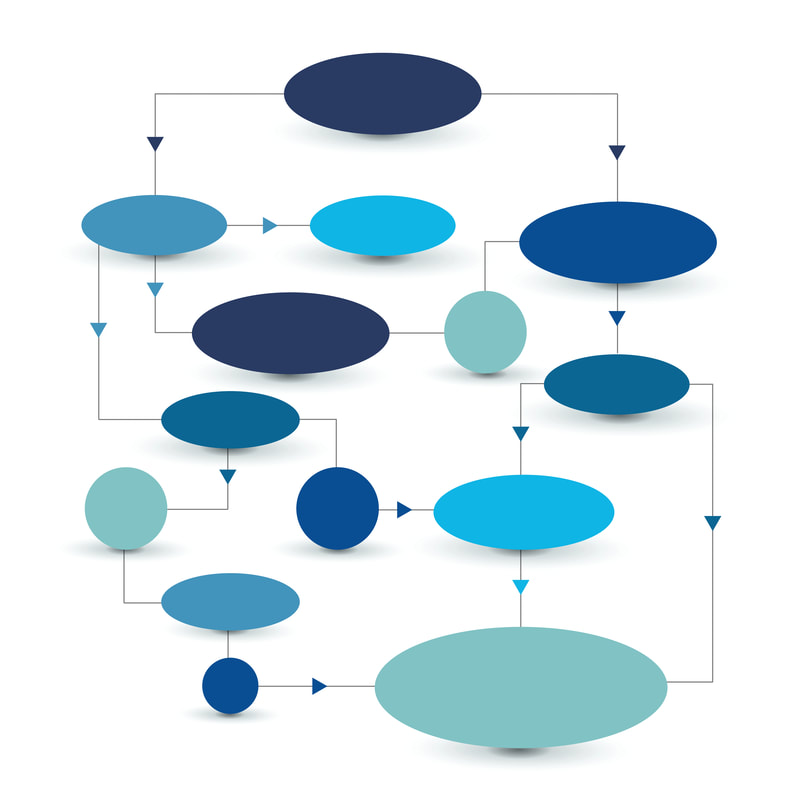|
If you look up jargon under any style guide, you’ll either see the recommendation to avoid its use altogether or to use it with caution. Here you’ll find out why most writing authorities adamantly reject its use.
What is Jargon?
Jargon is technical vocabulary, or an informal idiom, that is field specific, meaning it is easily understood by people within that particular field. According to the Council of Science Editors Scientific Style and Format, jargon can be
“I TLC’d the reaction to find out when it was finished.” or “After workup, I NMR’d the crude mixture.” These terms may have sounded odd to researchers outside of our group, but we knew exactly what was meant by TLC’d and NMR’d. Here’s what it could have been if jargon wasn’t used. “I used thin-layer chromatography to find out when the reaction was finished.” and “After work up, I performed a nuclear magnetic resonance experiment on the crude mixture.” Notice how the spelled-out examples are more formal and longer: neither of which are necessary for conversation between peers. Why should you avoid jargon in formal writing?
In the above example, the student’s use of TLC and NMR as verbs wasn’t a problem in the informal discussion within a group meeting. As noted in the Chicago Manuel of Style, English nouns are commonly used as verbs and often appear as jargon first. Our research advisor was very strict in removing this jargon from research papers and presentations.
Why? Because jargon is precise to only some audiences, specifically audiences within your own field. Thus, jargon can limit the reach of your message! Jargon may exclude
“I thin-layer chromatographied the reaction to find out when it was finished.” “After workup, I nuclear magnetic resonanced the crude mixture.” Neither of these uses would make sense to someone outside the field, and they could cause confusion for a multilingual scientist who knows what NMR and TLC are but isn’t familiar with these terms being used as verbs. Furthermore, jargon can mean different things to different audiences. For example, the term turnover number “is defined as the maximum number of molecules of substrate that an enzyme can convert to product per catalytic site per unit time” in enzymology. But in organometallic chemistry, the turnover number is the number of moles of substrate that a mole of catalyst can convert to product. Notice that the number of catalytic sites and time are not accounted for in the organometallic chemistry definition. Here’s an example from Einsohn and Schwartz’s The Copyeditor’s Handbook: “Steep-learning curve” means learning easy information at a fast rate to some or learning difficult information (think walking up a hill) at a slow rate to others. Results of using jargon in formal communications
Ultimately, jargon can confuse and limit your audience. It makes your reader work harder to understand the message. In fact, the use of jargon in a paper title or abstract may reduce the number of the paper’s citations.
In a 2021 article, Martínez and Mammola found a significant negative relationship between the use of jargon in the title and abstract of 21,486 cave research articles and the number of citations the articles received. This finding likely applies to other fields. Also, Jargon was found to disrupt fluency and to disengage the audience in a 2020 study in the Journal of language and Social Psychology. Here, study participants reported lower scientific interest in the study and perceived understanding of the topic. Jargon: yea or nay?
Based on what I describe above, it is usually best to avoid jargon. Science and medical communication are already complex, and so it should be the writer’s goal to make the text as clear as possible, especially for a general audience.
But there are proponents of jargon use in STEM writing. Trevor Quirk, in “Writers should not fear jargon” an opinion piece for Nature, states that removing jargon eliminates important information. He gives the example of “photometry” and “spectroscopy”. Both are “methods of studying light”, but they are two distinct techniques. Thus, in highly technical papers intended for a specific audience, jargon may have a place, but you must use jargon with care. If you choose to use jargon, use it judiciously. Do you use jargon in your scientific writing? Drop a comment.
0 Comments
If you don’t know how to start writing your research paper, you are not alone. According to the Berkeley Student learning Center Before You Start Writing That Paper guide, “all writers face the dilemma of looking at a blank computer screen….” Staring at a blank page can be daunting even when all the data is analyzed and the outcomes of the research are known. Google search “writers’ block” or “start writing”, and you’ll find thousands and thousands of hits about cures and strategies to overcome this common challenge.
So, what is the answer to writers’ block in STEM writing? Storyboards! Here, I describe how to use graphics (figures, tables, schemes) to storyboard for your research paper. What are storyboards?
As defined by the Nashville Film Institute, storyboards are graphical representations of a story’s step-by-step progress. Storyboards have been in use since the 1930s in the film industry. As described, storyboards help
Storyboarding for STEM research is not new. Check out this YouTube video on three different text methods to storyboard for science writing from the University of Guelph’s Writing in the Sciences (WITS) project. According to WITS, science writing storyboards are specifically used to
Identify the scenes.
When I was in graduate school and about to write my first paper, my research advisor gave me this advice, “Make the graphics first.”
If you haven’t already done so, you need to compile and analyze the data from your research. Overall, graphics should be concise, meaningful, and easy for your audience to understand. Graphics include
Generating the graphics doesn’t have to be a formidable challenge, it may be straightforward or even fun. Because my project was a synthesis, my schemes depicted the path from starting materials to products, with intermediates along the way. But for other papers, I needed to analyze data and use charts and graphs to understand the information and present it well. Identify the message.
While you make the graphics, mentally describe them—or take notes. This step is like making an outline: the graphic is the heading and each heading should have multiple points of discussion. By the time you finish the graphics, you should be able to communicate the type of data presented by the figure, how the data was collected, how the data could be interpreted, and how it is relevant to the main research claim. This is the message (points) of the storyboard (outline).
Logical flow of scenes to tell the story.
After organizing the research outcomes into clear and concise graphics, the graphics must be arranged to ensure a logical flow of the information, that is, a compelling story. By arranging and rearranging the order of the graphics—before any text is written—you can determine how the graphics are related and how to transition from one graphic to the next. Take time with this step. You may discover that a graphic doesn’t contribute to the current story but should still be reported in the supplementary information. Most importantly, it should be clear if more evidence is needed to support your claim or if there is missing information that needs to be addressed.
Filling in the details and drafting the paper.
Now it’s time to fill in the details. Once the graphics are in a logical order, start writing about the graphic using the points you already compiled. What type of data was collected for the graphic and why? What does the graphic show? Does it support or reject the claim? Did the data in this graphic lead to more questions that substantiated collecting more data? And so on.
Because the order of the graphics has been extensively explored to enhance logic and flow, transitioning from one to the other should be easy. Finally, the story that has unfolded from your data-derived visuals will determine what is included in the introduction and concluding sections. Do you know someone who could benefit from this approach to research paper drafting? Share my blog on LinkedIn. |
AuthorSusan is a scientist turned writing service specialist. Her interests include the clear communication of scientific research and complex subjects. Archives
June 2024
Categories
All
|






 RSS Feed
RSS Feed